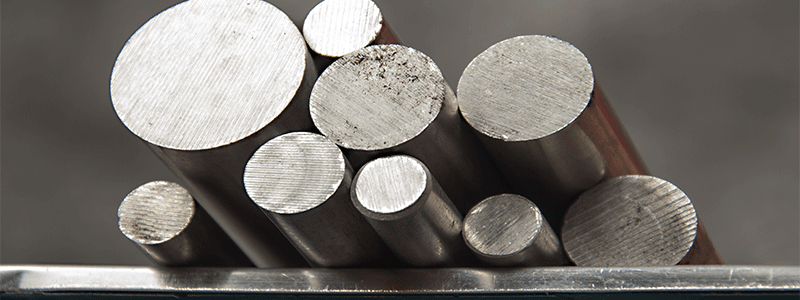Galvanized steel is made to stand up to a wide variety of conditions while still resisting corrosion. One of the uses for hot dipped galvanized steel is use in underground or partially underground structures. The challenge of using any type of material underground is that the conditions of soil can vary significantly even in close proximity. This means builders must use a material which is able to stand up to these varying conditions since every square inch of soil cannot be tested. Galvanized steel is perfect for this application because it can go from one soil type to another without being affected.
The main factors to consider when placing a material in soil are the moisture content of the soil, the pH balance, and the chlorides within the soil. Aeration of the soil, temperature, resistivity, and soil texture all also make a difference in how the metal reacts. If the soil is brown and sandy, galvanized steel will perform better beneath the surface. If the soil is gray and clay-like, the moisture in the soil will not wick away from the galvanized steel as easily and will cause it to not perform as well as in loose soil.
When choosing the type of galvanized steel you wish to bury underground, it is important to do research on the condition of the soil you are working with, and you should also remember that since the conditions of the soil can vary greatly in a small area the performance of the galvanized steel can also vary. Be sure to classify your soil correctly to avoid unpredicted performance of your galvanized steel product. You can find a chart to match your galvanized steel needs to your soil classification from the American Galvanizer’s Association.

